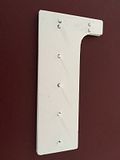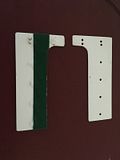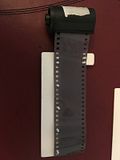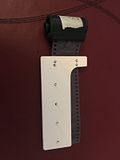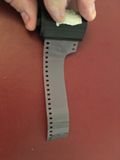DH73
Member
Hello,
I'm sorry to be a pain, but I have a few questions relating to my 1955 FED 1(g). I've had the camera since earlier this year, but some things are puzzling me.
Allow me to introduce my FED, complete with real pre-war, uncoated Elmar 5cm lens (obtained separately):
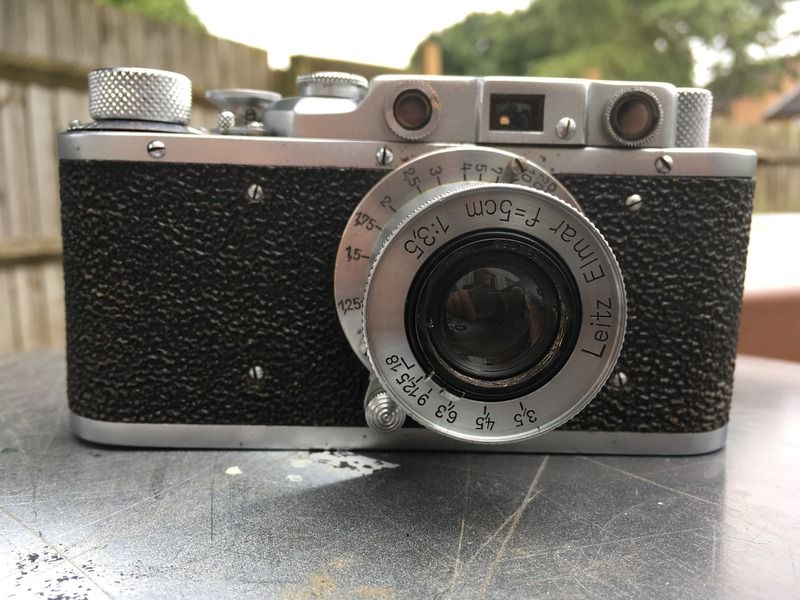
After some initial problems with loading, caused by a damaged lip on the pressure plate (thanks, previous owner), I loaded a test roll of FP4 and went to shoot random shots.
After developing the film, I notice that the shots are not quite central in the negative, and that the top edge is not straight:

I have also noticed that the shutter is 'banding', although not as badly as my blue FED 2:

Can anyone on here, based on the evidence provided above, offer any advice on what could be the cause of these problems?
Would a thorough clean, lube and adjust from my friendly local camera repairer (www.skearsphoto.com) sort the banding issue, or is it a case of "they all do that, sir"?
Was the odd positioning of the images on the negatives be due to incorrect loading?
I love this camera to bits, but I am reluctant to keep spending out on a camera which may never be any good. I've seen some Leica III cameras which I could afford if I sold off some other gear on eBay, however, at the back of my mind is the thought that any Leica II or III is likely to have 'issues', and at worst need new shutter curtains and a service if it is to be used regularly.
I would appreciate the thoughts of the members here. I leave you all with a shot I took on the above mentioned FED/ Leitz combo:
 You're nicked! by David Henderson, on Flickr
You're nicked! by David Henderson, on Flickr
Thank you 🙂
I'm sorry to be a pain, but I have a few questions relating to my 1955 FED 1(g). I've had the camera since earlier this year, but some things are puzzling me.
Allow me to introduce my FED, complete with real pre-war, uncoated Elmar 5cm lens (obtained separately):

After some initial problems with loading, caused by a damaged lip on the pressure plate (thanks, previous owner), I loaded a test roll of FP4 and went to shoot random shots.
After developing the film, I notice that the shots are not quite central in the negative, and that the top edge is not straight:

I have also noticed that the shutter is 'banding', although not as badly as my blue FED 2:

Can anyone on here, based on the evidence provided above, offer any advice on what could be the cause of these problems?
Would a thorough clean, lube and adjust from my friendly local camera repairer (www.skearsphoto.com) sort the banding issue, or is it a case of "they all do that, sir"?
Was the odd positioning of the images on the negatives be due to incorrect loading?
I love this camera to bits, but I am reluctant to keep spending out on a camera which may never be any good. I've seen some Leica III cameras which I could afford if I sold off some other gear on eBay, however, at the back of my mind is the thought that any Leica II or III is likely to have 'issues', and at worst need new shutter curtains and a service if it is to be used regularly.
I would appreciate the thoughts of the members here. I leave you all with a shot I took on the above mentioned FED/ Leitz combo:
 You're nicked! by David Henderson, on Flickr
You're nicked! by David Henderson, on FlickrThank you 🙂




